Rising Energy Prices
The syngas market is also influenced by the volatility of energy prices in the GCC. As traditional fossil fuel prices fluctuate, industries are increasingly looking for alternative energy sources, with syngas emerging as a viable option. The cost-effectiveness of syngas production, particularly from local feedstocks, makes it an attractive choice for energy generation. This shift could lead to a projected increase in syngas production capacity by 15% over the next five years. Consequently, the syngas market is poised to capitalize on the rising energy prices, potentially reshaping the energy landscape in the region.
Increasing Industrial Applications
The syngas market in the GCC is experiencing growth due to its increasing applications across various industries. Syngas serves as a vital feedstock for the production of chemicals, fertilizers, and fuels. The chemical industry, in particular, is projected to expand, with syngas being a key component in the synthesis of methanol and ammonia. As industrial activities ramp up, the demand for syngas is likely to rise, potentially leading to a market valuation exceeding $10 billion by 2027. This growth is further supported by the GCC's strategic initiatives to diversify its economy and reduce reliance on oil, thereby enhancing the syngas market's relevance in the region.
Government Initiatives and Policies
Government policies in the GCC are increasingly favoring the development of the syngas market. Initiatives aimed at promoting clean energy and reducing carbon emissions are driving investments in syngas production technologies. For instance, the GCC countries are implementing regulations that encourage the use of syngas in power generation and industrial processes. These policies not only support environmental sustainability but also aim to enhance energy security. The syngas market is likely to benefit from these initiatives, with potential funding reaching up to $5 billion for research and development in cleaner technologies by 2026.
Growing Demand for Hydrogen Production
The increasing demand for hydrogen as a clean energy carrier is driving the syngas market in the GCC. Syngas is a crucial intermediate in hydrogen production, and with the global shift towards hydrogen fuel cells and other hydrogen applications, the syngas market is expected to expand. The GCC's strategic location and abundant natural resources position it well to become a leading hydrogen producer. Projections indicate that the hydrogen market could reach $2 trillion by 2030, with syngas playing a pivotal role in meeting this demand, thereby enhancing the overall growth of the syngas market.
Technological Innovations in Production
Technological advancements in syngas production processes are significantly impacting the syngas market in the GCC. Innovations such as improved gasification techniques and carbon capture technologies are enhancing the efficiency and sustainability of syngas production. These advancements not only reduce operational costs but also minimize environmental impacts, aligning with the GCC's sustainability goals. The syngas market is likely to see a surge in investments in these technologies, with estimates suggesting that the market could grow by 20% annually as companies adopt more efficient production methods.


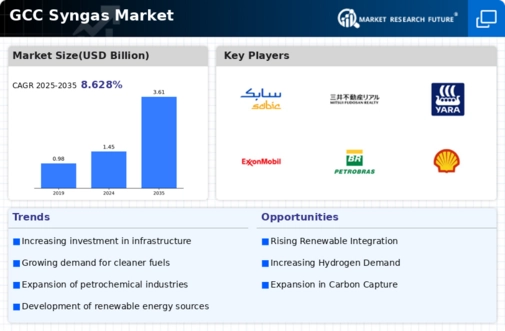
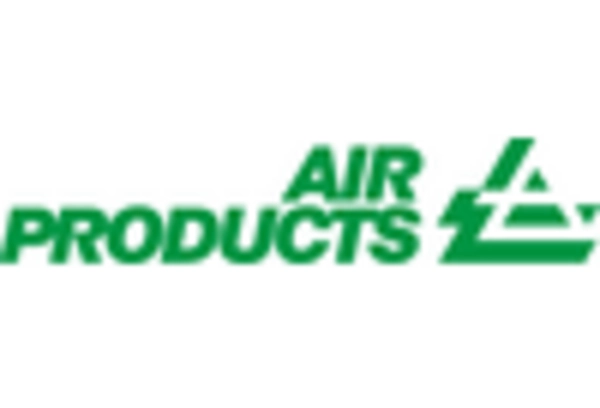

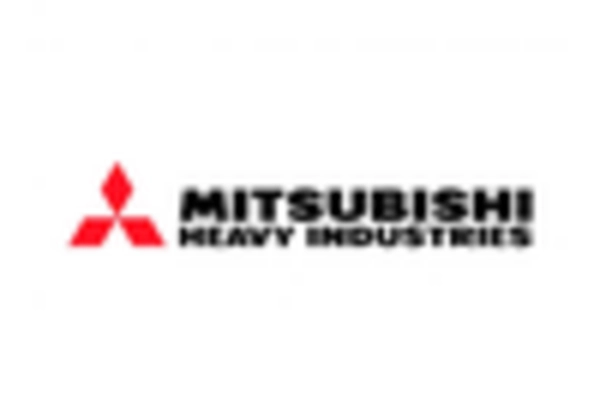
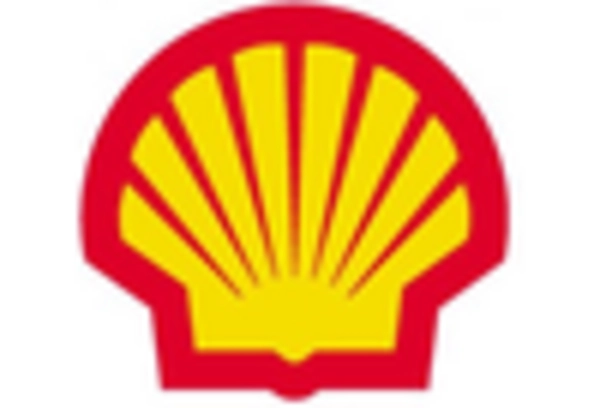
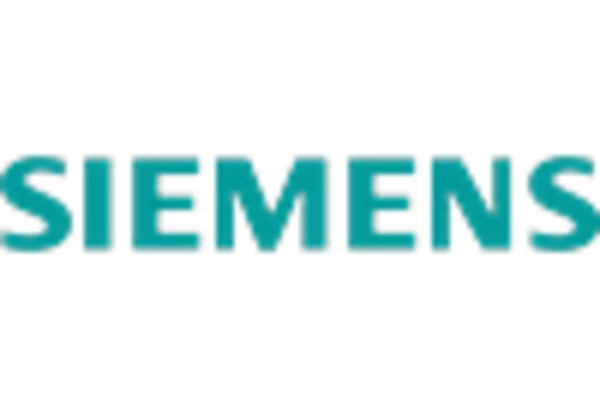
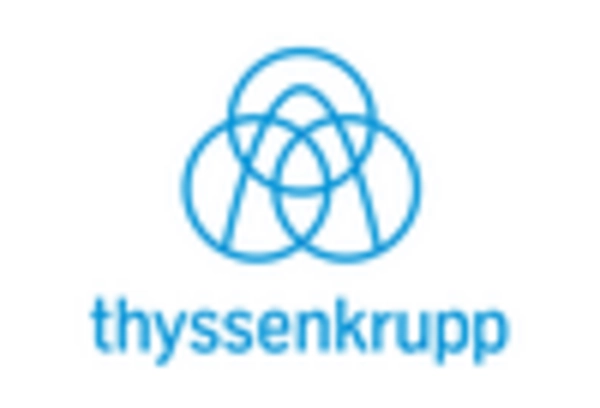








Leave a Comment